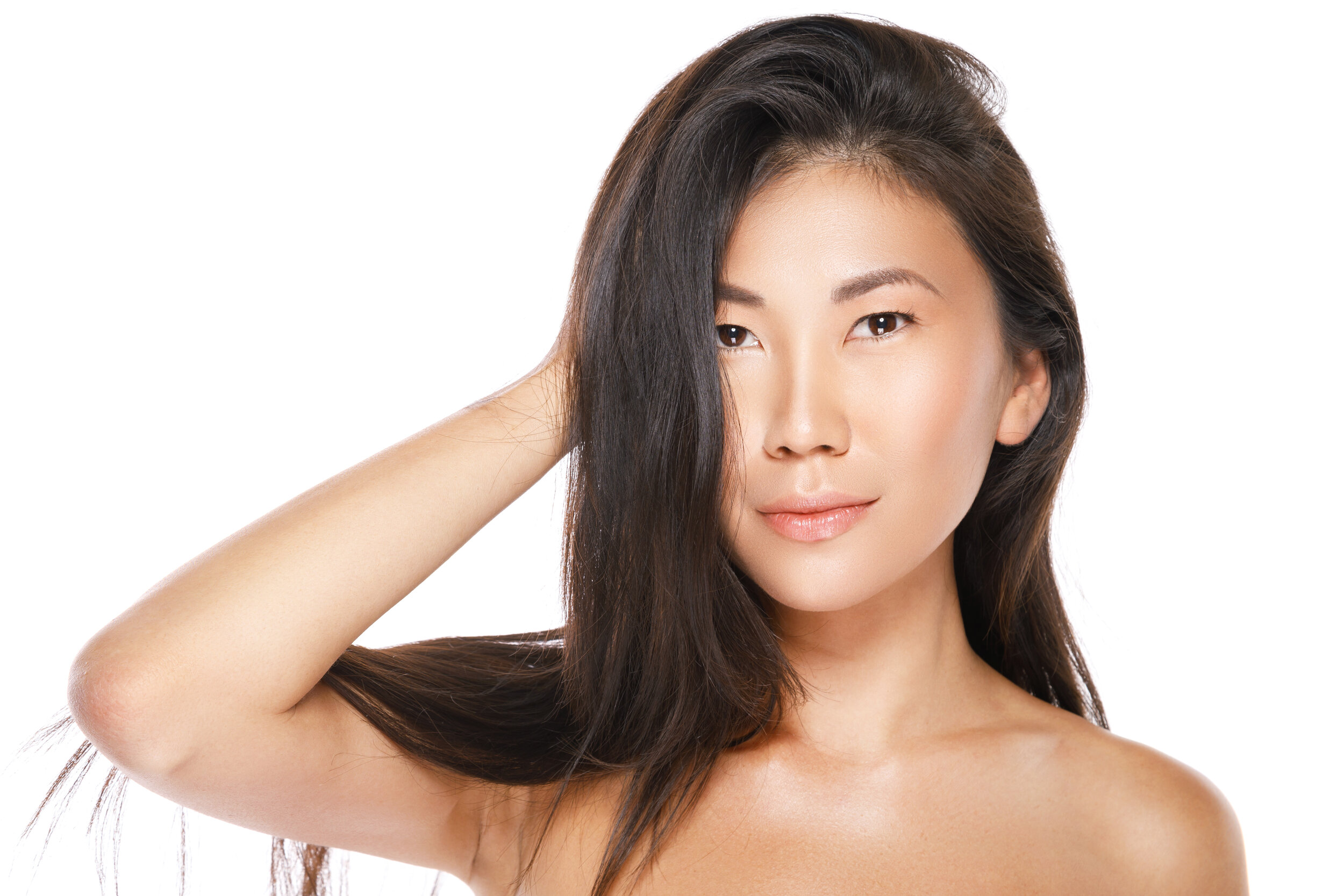One concern that many of my patients have is whether cheek filler will make their face look wider, fatter, or give the dreaded “chipmunk” look. In actuality when placed in the right area, cheek filler can make your face look slimmer and more contoured. It comes down to making sure you are a good candidate for cheek filler, using the right product, and placing it in the right areas. Here’s a breakdown of how cheek filler works, and how it can make your face look refreshed and beautifully contoured.
Who should get cheek filler?
As we age, we tend to lose fat in the cheeks which causes the cheeks to look flatter and also to sag. This can lead to a tired appearance and also accentuates the nasolabial folds (smile lines), as well as the tear troughs. If you are noticing these changes, then cheek filler can help significantly to reintroduce the volume that has been lost in the cheeks and restore a youthful rested look. Cheek filler is also used in younger patients to give a contoured, modelesque look to the cheek bones. It can really accentuate the contours and highlights of your cheeks.
What product is used to enhance the cheeks?
One of the safest and most natural ways to restore the cheeks is with hyaluronic acid filler. You’ll want to have a product that is thicker and more robust so that it has a greater ability to lift the skin and tissue. These products include Juvederm Voluma, and Restylane Lyft, which have the benefit of being reversible.
Where is cheek filler placed?
The placement of the product, even more so than the product itself, is crucial to whether it will make your face look slimmer and contoured, or heavy and over filled. When placed higher on the cheekbones, it gives a beautiful chiseled lifted appearance. After addressing the outer portion of the cheekbone, occasionally some patients will also benefit from having filler placed in the apple of the cheeks. However too much filler in this area can result in heaviness and an overfilled look. We often draw anatomic lines on the face to map out the treatment area and give us an objective way to assess where the highlights and shadows should fall on your face.

